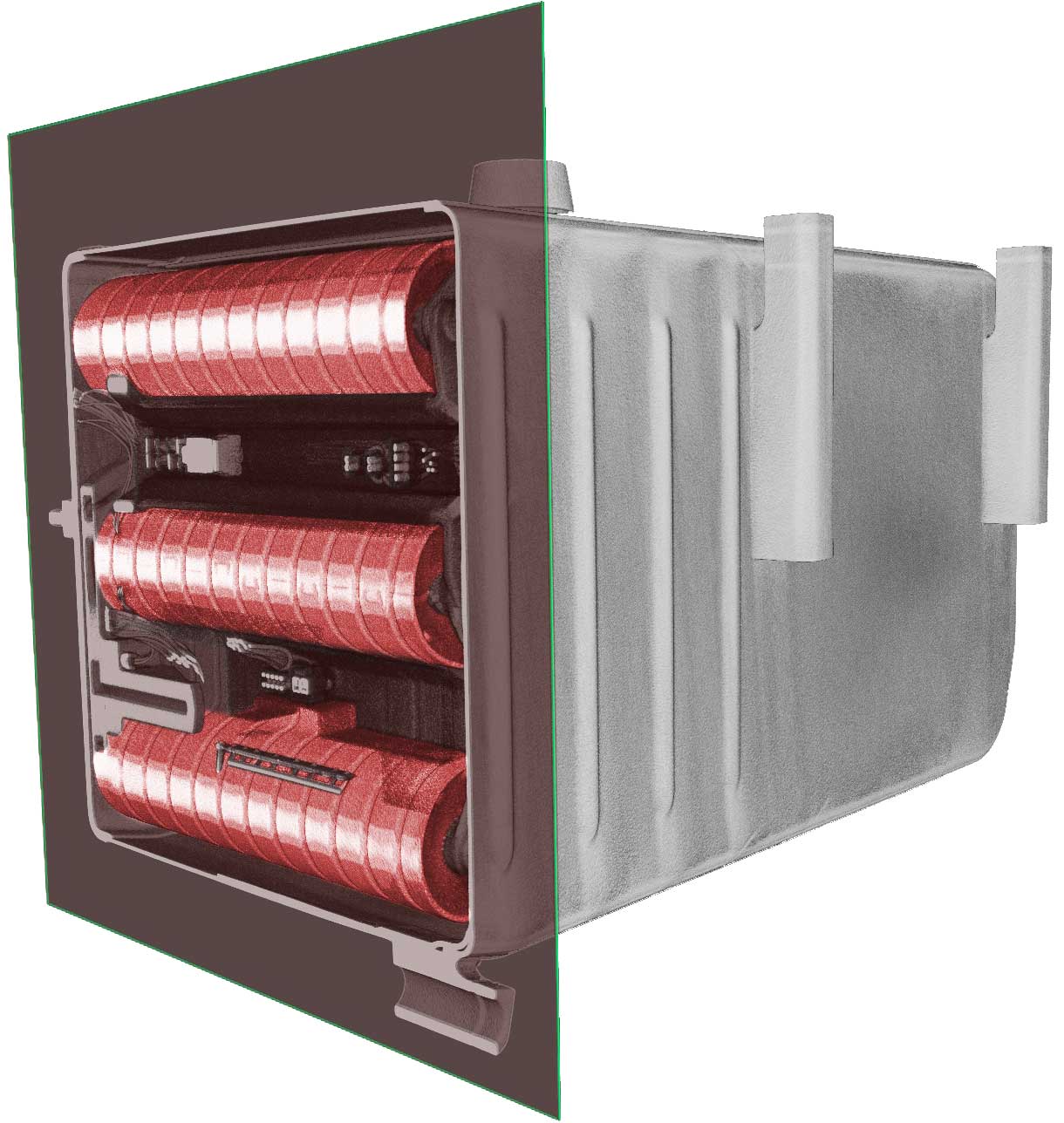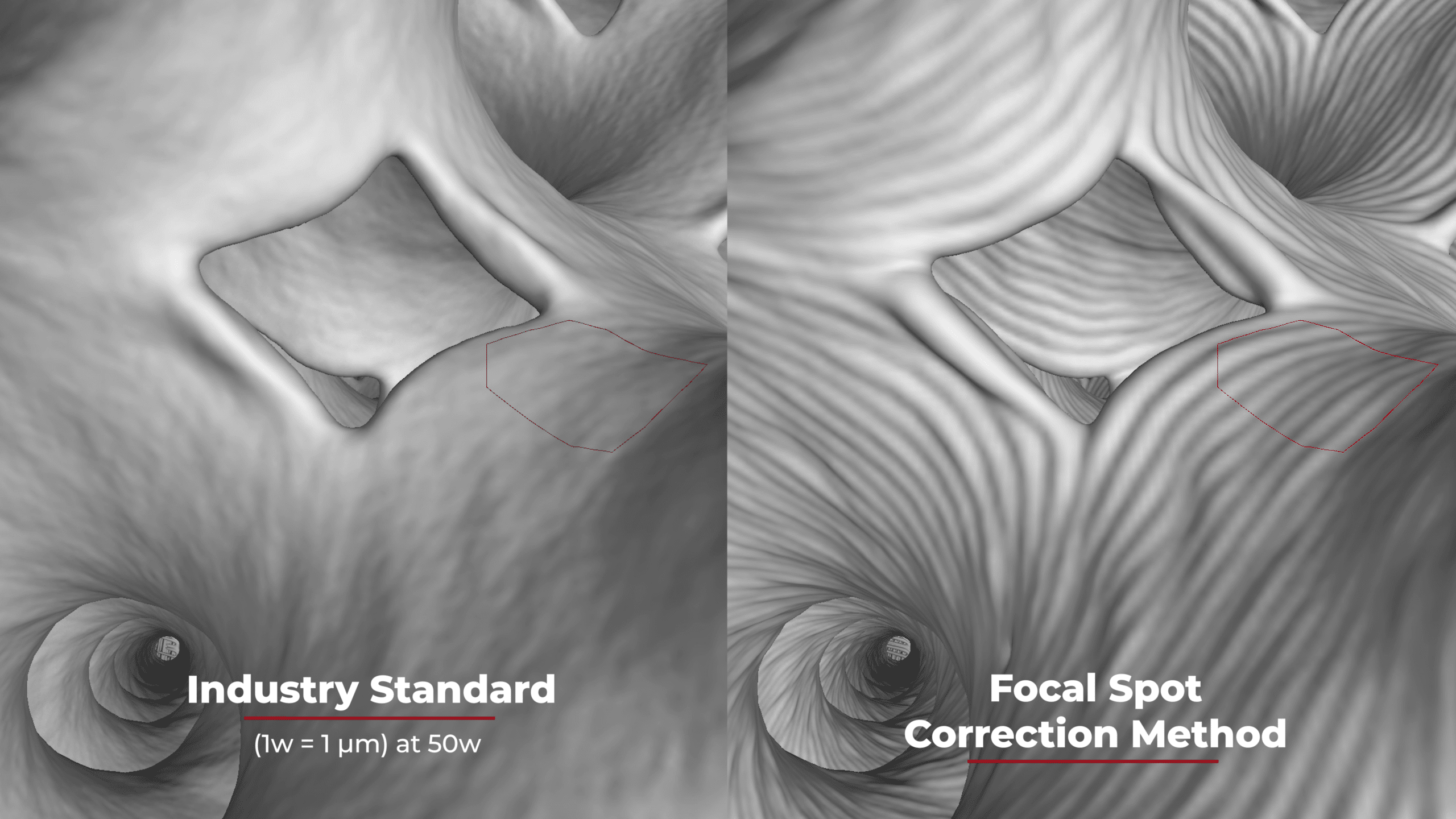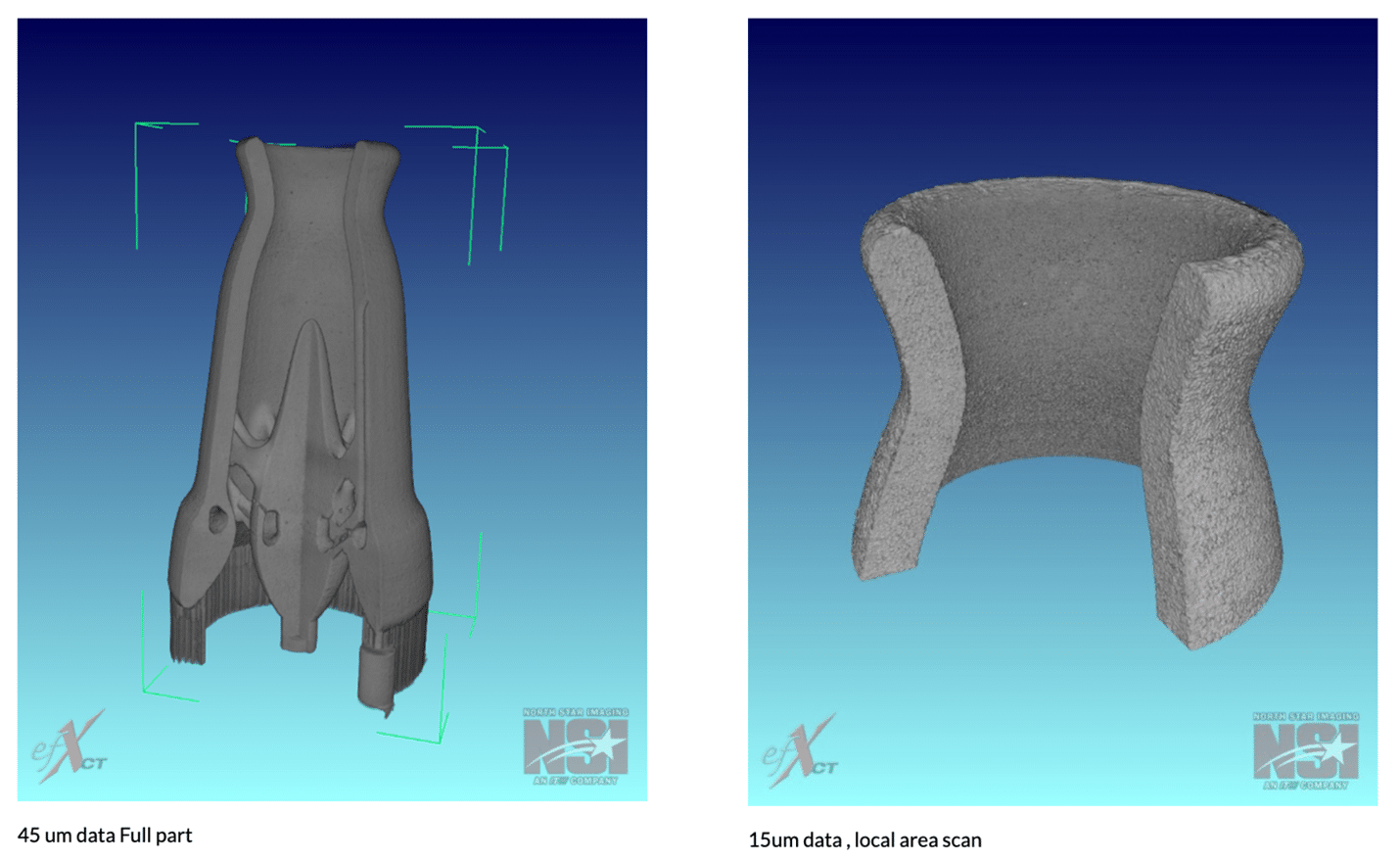What’s a quick way to identify what contrast sensitivity is necessary for your Digital Radiography technique to assure you are able to detect a certain type of small inclusion within a product?
It’s often forgotten that image contrast is a critical component in the detectability of anomalies within a product. Too often people develop a false sense of confidence of a DR technique based only on spatial resolution. The reality is that you can have the required nine pixels covering a discontinuity and still never detect a specific anomaly unless the subject contrast is sufficient. The best way to establish a minimum contrast sensitivity requirement for an application is by using a known defect standard. The standard would contain the specific type of inclusion or other discontinuity, with the size of the anomaly being equal to or less than the smallest required to be detected. Unfortunately these known defect standards are not always available. Another simple approach is to follow the process below:
- Identify the maximum material thickness within a product.
- Identify the size of the maximum acceptable inclusion.
- Identify the material composition of the probable inclusion that is closest to the product material (i.e. Lowest subject contrast)
- Acquire a sample of a similar material composition as the inclusion, then size it to be equal to or less than the maximum acceptable inclusion size. (Consider probable inclusion size in all dimensions, and the possibility of a thin inclusion etc.)
- Place the representative inclusion material sample on the outside of the product sample or a representative sample of the products maximum material thickness.
- Develop a DR technique using the newly established product/inclusion sample. The technique variables need to be driven to improve the contrast and signal to noise ratio to a point where the inclusion indication is detectable with a high level of confidence. The spatial resolution shall be such that a minimum of a 3×3 pixel matrix (9 pixels based on SRb) covers the indication size.
- To help monitor the contrast over time a representative penetrameter can be used. Place a 2% plaque penetrameter on the product maximum thickness area adjacent to the representative inclusion sample and compare the contrast between the penetrameter/product and the inclusion material/product.
- If the contrast of the penetrameter/product is less than the contrast of the inclusion material/product, then the penetrameter can be used as a contrast indicator to assure sufficient contrast for detectability of the inclusion.
- If the contrast of the penetrameter/product is more than the contrast of the inclusion material/product, then a thinner penetrameter or a penetrameter of a material density closer to the material composition of the inclusion can be used as a contrast indicator. The penetrameter thickness can then be adjusted until the contrast of the penetrameter/product is just less than the inclusion material/product contrast. Measure the contrast sensitivity and contrast to noise ratio of the penetrameter/product. Record these values and monitor the values over time.
- This penetrameter can then be used in conjunction with a standard penetrameter for the material to assure this minimum contrast sensitivity and image sensitivity continues to be attained.


